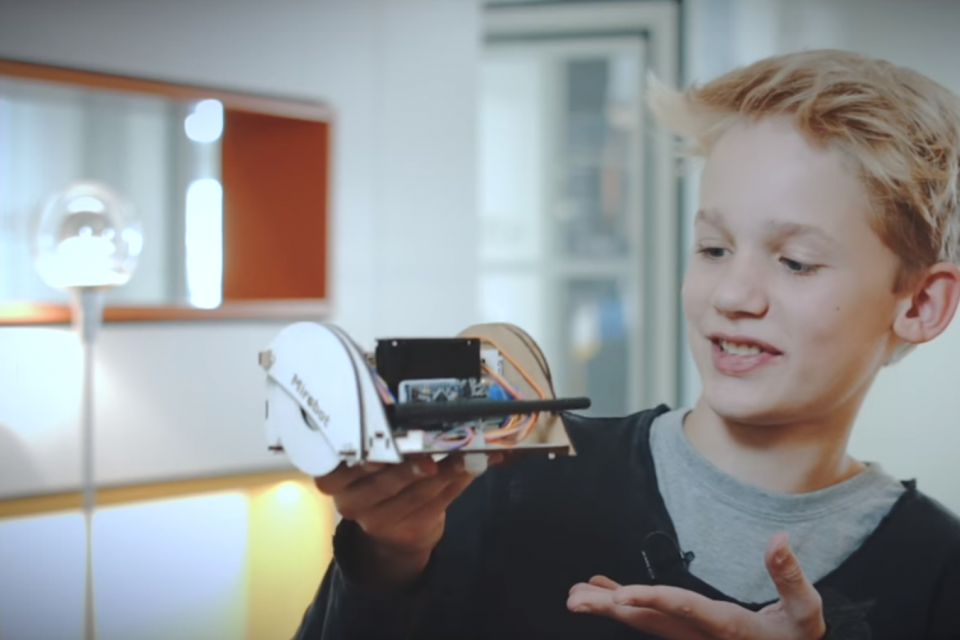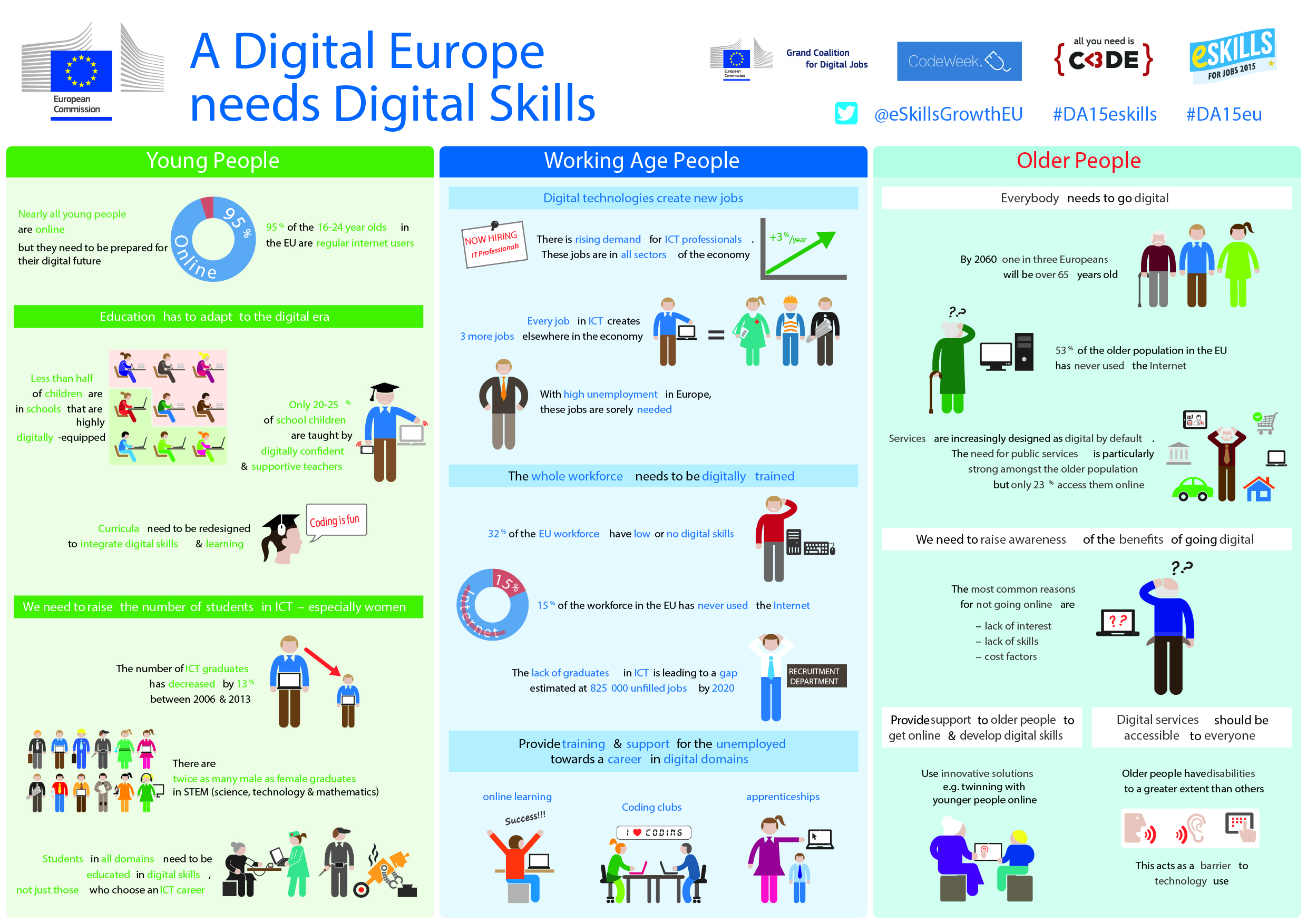By Sylvie Laffarge, Director of Citizenship Europe, Microsoft
Creativity is typically associated with bohemian musicians, artists or enigmatic writers. But these days, with the help of technology, being creative is not restricted to the arts world. Celebrities for the millennial generation are those who broadcast their passions on social media – today’s vloggers such as PewDew Pie have more influence and reach than most traditional film, music or TV stars.
Many young Europeans are now using tools, techniques and skills, such as coding, as a way of expressing themselves. Today, the goal of computer science education is not, necessarily, for everyone to become a computer scientist or a software engineer. With over 3 million apps developed and over 10,000 videos created for YouTube since March 2015, digital natives are harnessing technology to show off their creative flair. Regardless of the career they pursue, young people globally benefit from understanding how technology works as well as how to create, apply and use it.
Take as an example a group of Russian students who entered this year’s Microsoft’s Imagine Cup – a competition that gives students the chance to demonstrate what they can build with technology. TeamIzHard created OVIVO, a beautiful 2-D puzzle. The idea to try building a design-based game came after attending a Hackathon in 2014. Even without any prior game development experience, the team used their knowledge of design, programming and animation to create a prototype in just 24 hours. The stunning end result demonstrates what can be brought to life by harnessing digital skills.
Coding is just one part of a broader digital skill set which can help young people demonstrate their creativity. Computer science is an important part of foundational learning, helping kids to develop problem-solving skills and computational-thinking. Yet coding does much more than furnish young people with a license to create and think in a digital way. In our modern workforce, most jobs today require digital skills. The ICT sector in Europe is also growing rapidly with around 120,000 new jobs created each year. By introducing more opportunities to learn computer science in and out of schools, we’re future-proofing our economy and helping to support students as they enter a workforce that’s becoming more and more technologically advanced.
Yet one of the problems we face in stimulating a passion for coding and computer science across an entire generation is that we often lose half the student body at the classroom door. Coding doesn’t get enough credit for being a creative outlet. Marred by the Hollywood image of coders as nerdy teenagers, girls are influenced early in their lives by subconscious signals that coding is a ‘boys’ subject, along with maths, science and engineering. Despite the fact that, across the world, girls between the ages of 8 – 15 still vote maths and science into their top five favorite subjects, in OECD countries, fewer than 1 in 5 computer science graduates are female. An OECD study also found that girls “lack self-confidence” in going after jobs in science and technology. We urgently need to redress this balance and encourage more women in the digital jobs market. Doing so could create an annual €9 billion GDP boost for the EU.
What can we do? One way to make the subject more appealing is as simple as rethinking the environment in which we teach computer science. Researchers at the University of California, Berkeley conducted a study which found that changing the type of objects found in a computer science classroom from the stereotypically geeky Star Trek posters, pizza boxes and cans of pop, to more neutral objects such as nature posters or water bottles was enough to raise female students’ interest levels in the subject.
We’re a passionate backer of a number of computer science initiatives, designed to get more kids coding. Our goal is to open up more opportunities for all types of young people, from all walks of life, to learn computer science and spark an interest in STEM. This month we are collaborating with Code.org on its Hour of Code initiative to encourage young people to code and help them explore basic computer coding concepts. The worldwide campaign will inspire millions of young people to do their first hour of coding through a Minecraft tutorial hosted on Code.org. In addition, coding workshops held in over 50 countries will teach participants a range of digital skills.
With millions of participants raising their hand to get involved in Hour of Code events in Europe, there is clearly strong interest in coding. Getting young students involved in computer science education is as fundamental as teaching them how to read and write. By giving them access across the region to learn how to code we are helping the next generation of creatives to express themselves, forge a path for others and understand the opportunities technology will provide in the future. Who knows, it could even inspire the next YouTube sensation.
Are you ready to code? Do you want to help others learn how? Here are a just a few places where you can start:
And you can take a look at the Hour Of Code events all across EMEA!






